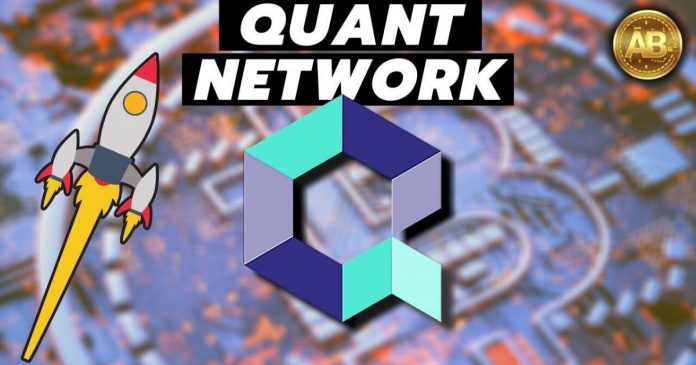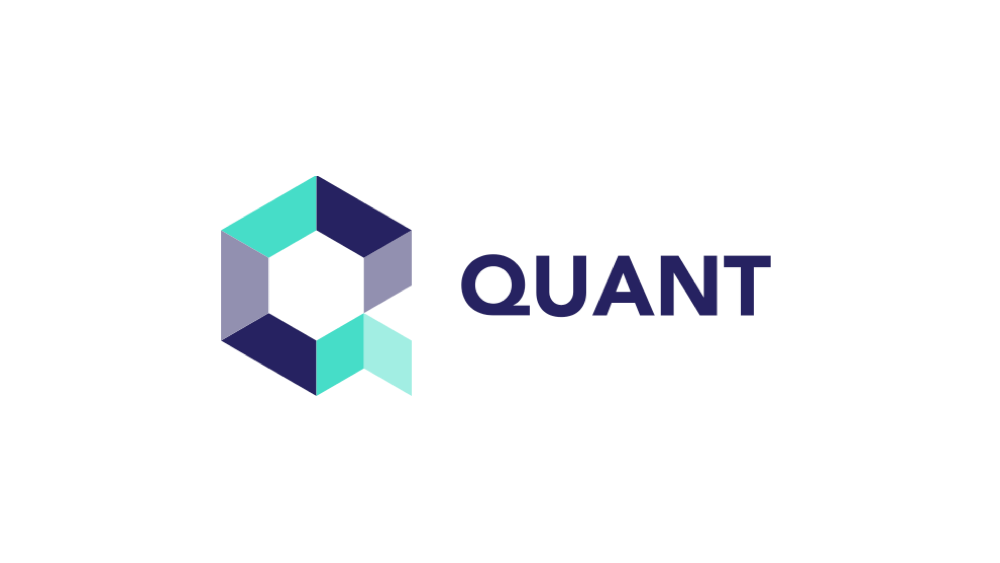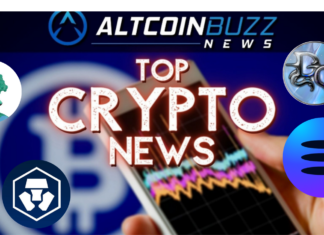Now, let’s discuss the most important question to ask when considering getting involved in any crypto project. What is the utility of the Quant Network token? What is its value? Furthermore, let’s take a look at the QNT tokenomics.
Firstly, QNT tokens do not need to be purchased by Enterprises in order to use the Quant Network. However, QNT tokens are needed to use the network. So, how does it work?
Let us examine this with an example. An enterprise-level organization requests to make use of the Overledger Network. Instead of buying QNT tokens, they are able to make use of the network by paying fiat. What happens is that this fiat is paid to the Quant Network treasury. Then the treasury use this fiat to buy QNT tokens which are then used to power the services the enterprises require. This whole process enables enterprises to use the Overledger Network in a frictionless fashion.
Source: www.quant.network
Now that we have that out of the way, let’s discuss the 4 economic utilities of the QNT token.
Quant Network QNT Token Utility
Firstly a license must be purchased for anyone wanting to develop on the Overledger Platform. This requires tokens to be locked up for 12 months.
Secondly, Overledger read and write activity performed by developers also requires QNT tokens.
Thirdly, there is annual cost for running Gateways. It was originally meant to be 500 QNT but new details regarding the exact numbers will be revealed closer to the launch of the Overledger Network.
Note that the Overledger is already live and running, what is yet to be launched is the Overledger Network. That’s what a lot of the current hype about Quant revolves around.
The final use case concerns minimum holding amounts. Similar to the licensing fee for developers, every participant of the Overledger ecosystem will be required to hold a minimum amount of QNT.
The exact token utilities are yet to be made fully known, this just gives us an overview.
QNT Tokenomics
Token economics also play an important role in determining the value of a cryptocurrency token.
The QNT tokens were split in the following way:
- 9.9 million were sold to the public during the ICO
- 2.6 million were assigned to the company reserve, in other words everything required to keep the company running
- 1.3 million were for the company founders
- 651,000 were for the company advisors.
A more recent update from the blockchain reveals that just over 2 million tokens are held by the company. These 2 million are unlocked which means they could be sold at any time.
However, the good news about QNT’s tokenomics is that the supply is fixed at 14.6 million. This means that in theory, there is no inflation and no new tokens can enter the market to erode the value of previous token holders.
In theory, as and when QNT tokens are sold by the company and founders, this will also add selling pressure to the token. It is of course entirely at their own discretion to decide when to sell the tokens but the same can be said for virtually every crypto project.
QNT Token Utility and Economics
The Quant Network token has clear use cases. The QNT token is required to power the Quant Network. The Quant Network is required by enterprises who want to harness the power of a range of blockchains.
Most crypto tokens have some sort of inflation meaning that more tokens or coins are expected to enter the market. The Quant Network, however, will have no further inflation. This is a good sign for existing QNT holders whose token values won’t be eroded by inflation.
This is a series of articles summarizing our Quant Network review video from the Altcoin Buzz YouTube channel which you can see below.





























